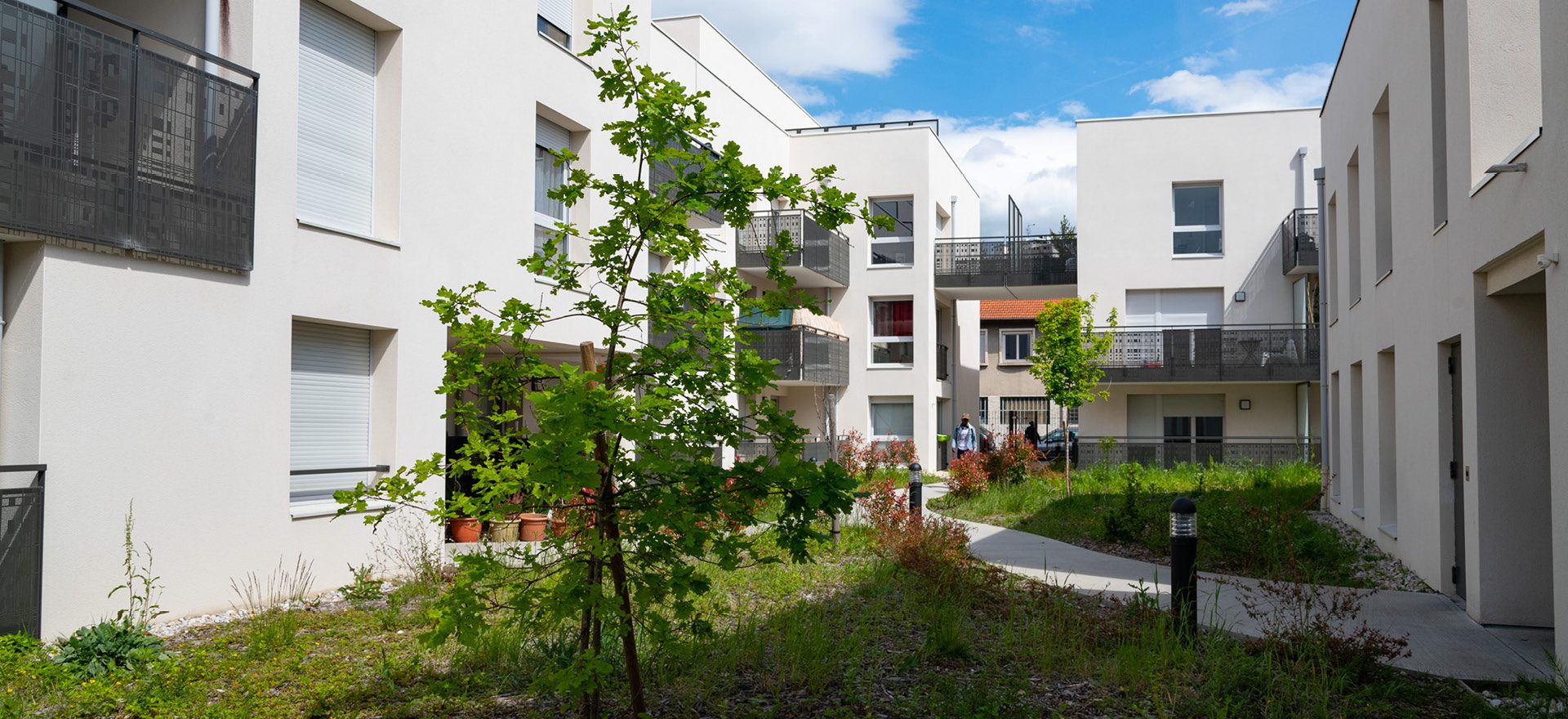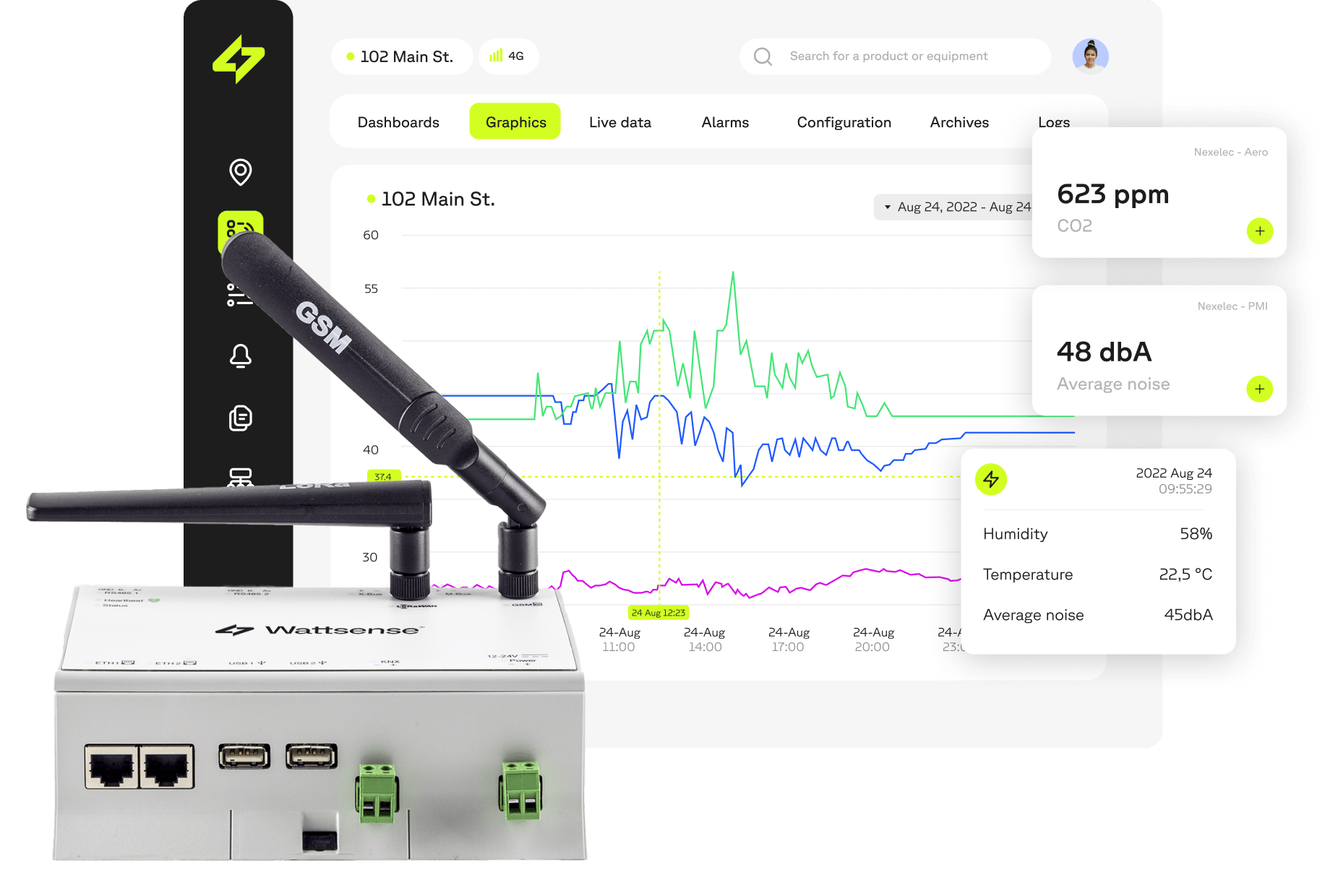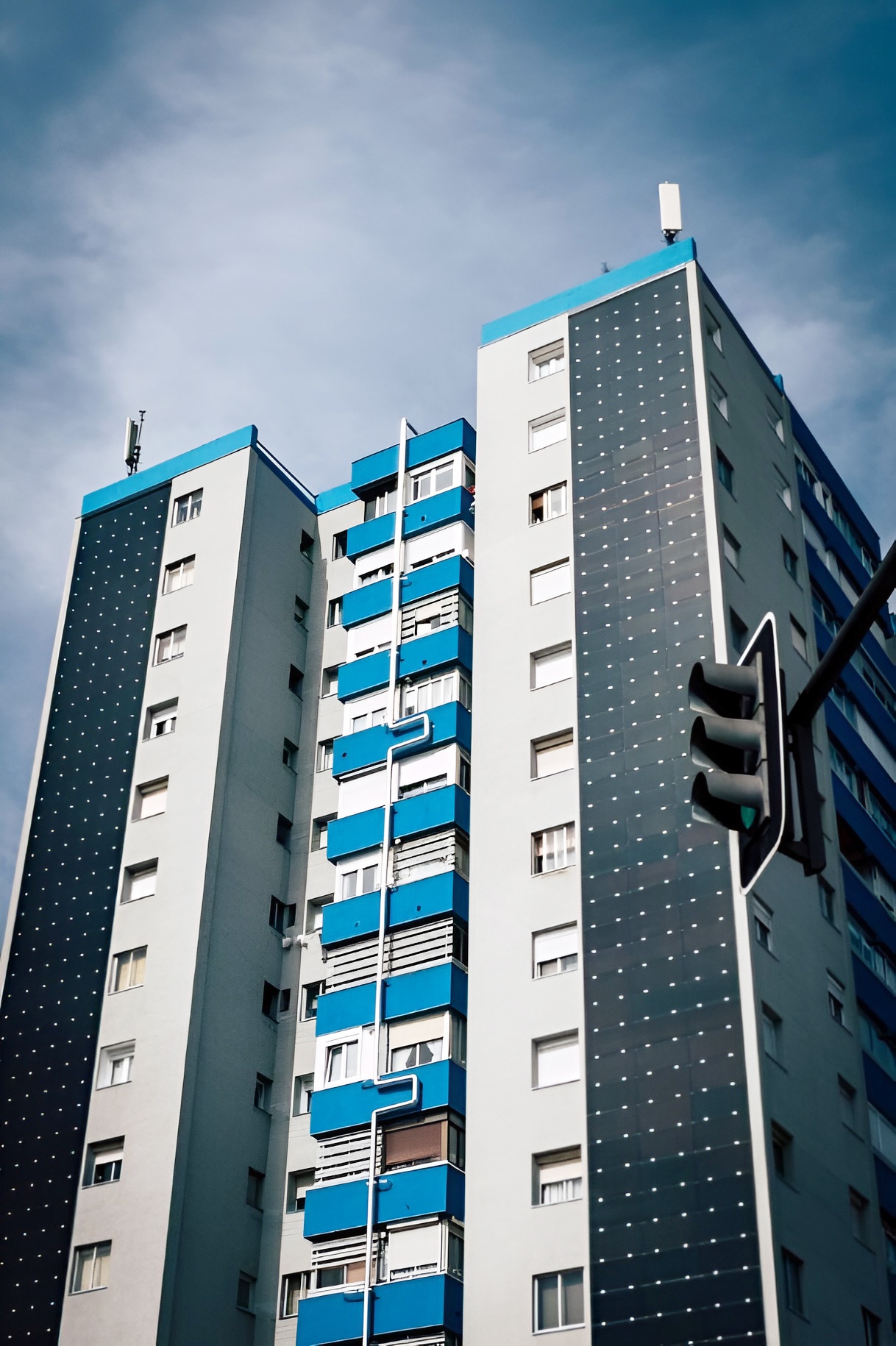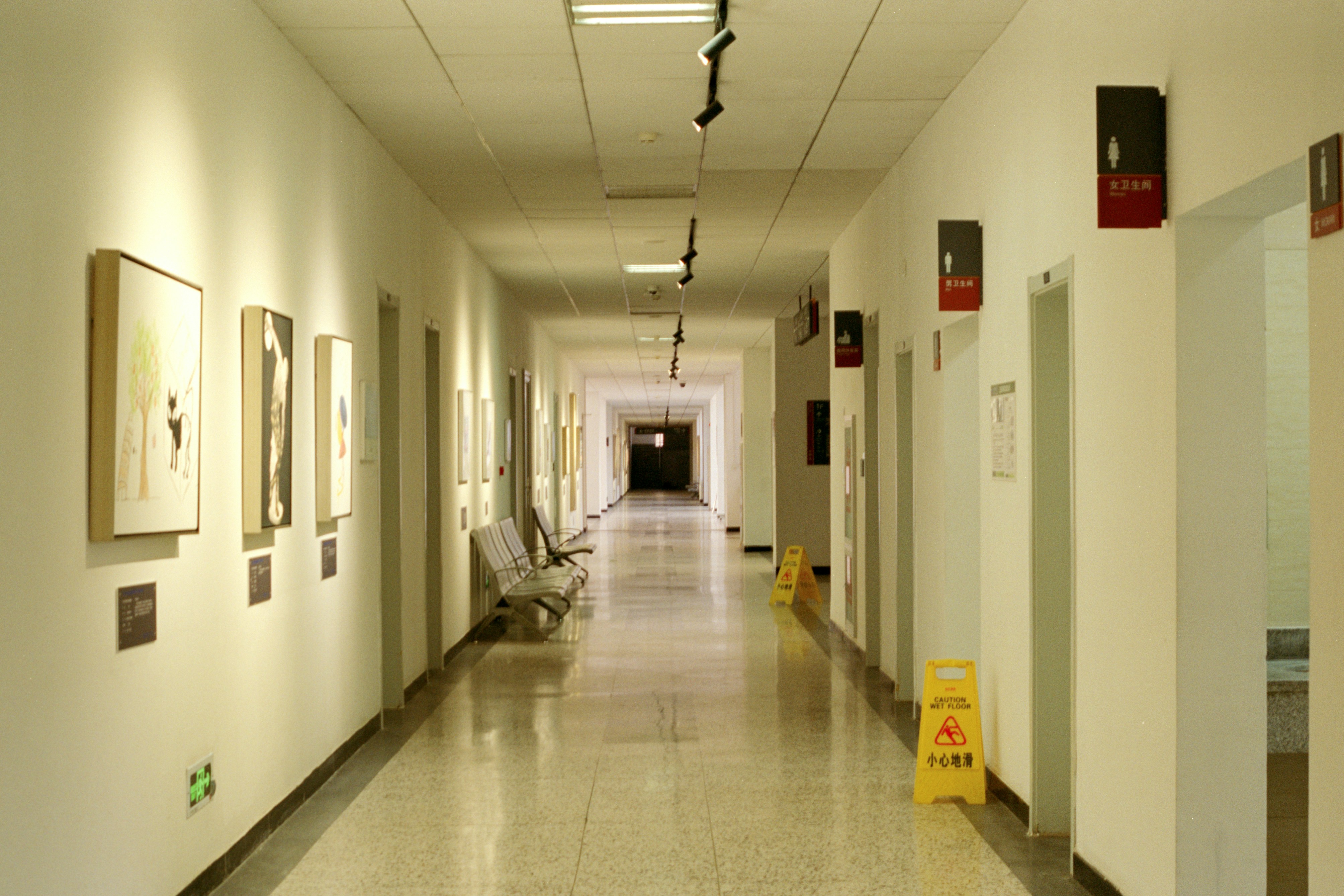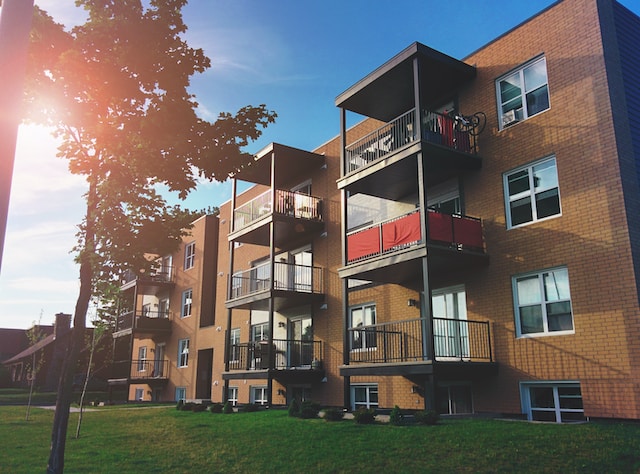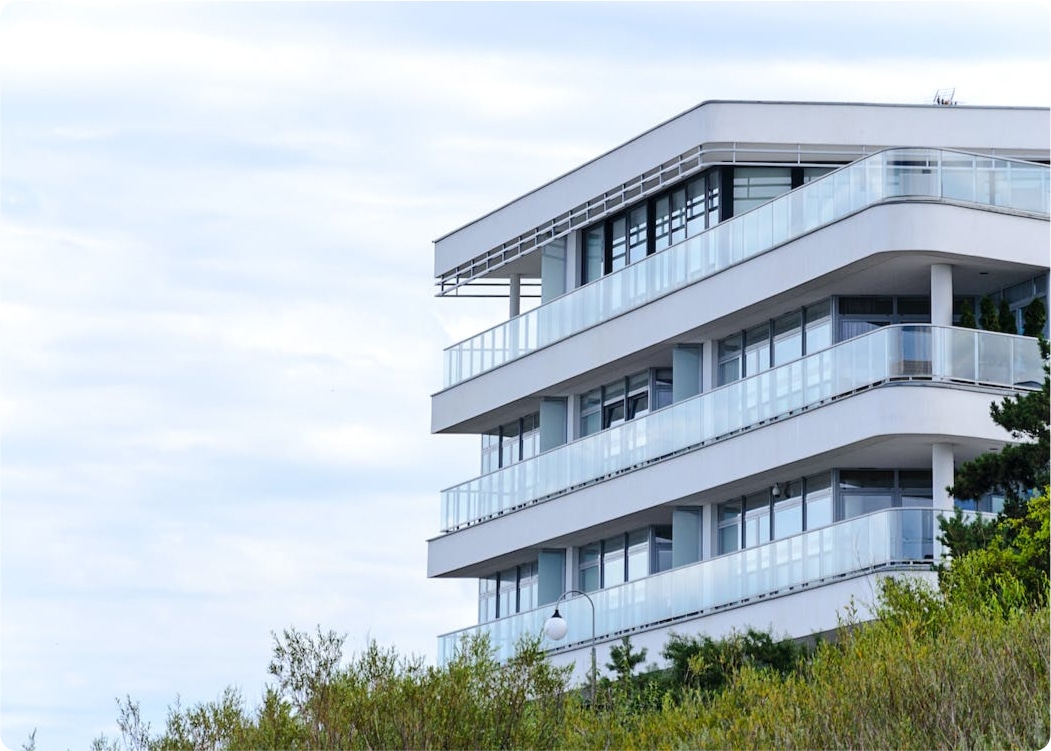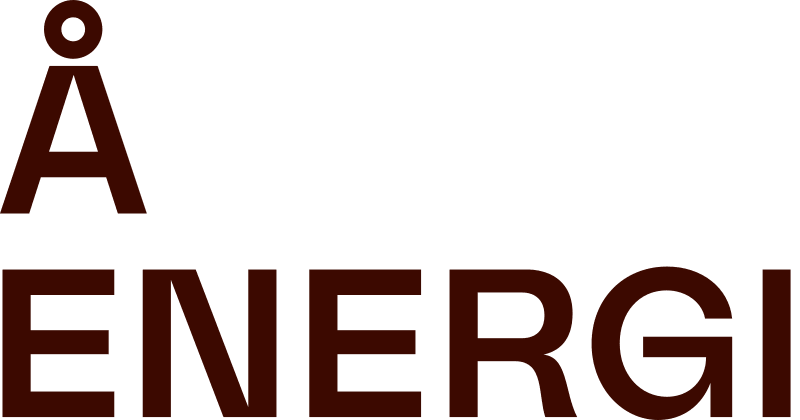![[object Object]](/_next/image/?url=https%3A%2F%2Fimages.prismic.io%2Fwattsense%2FZh5eNEaI3ufuUOAd_logo-teeo-2018.jpg&w=3840&q=95)
Since 2009, TEEO has been helping public and private-sector players to make the Energy and Ecological Transition by managing, controlling and concretely improving their energy and environmental performance.
TEEO has created a tailor-made energy performance system for social landlord Lyon Métropole Habitat, enabling it to supervise and monitor a series of buildings it owns.
The project, to be completed in 2023, involved 15 tertiary sites and 580 residential buildings, representing a total of 34,000 dwellings with a mix of collective and individual heating.
To meet the LMHabitat group's connectivity requirements, TEEO collaborated with Wattsense to deliver a turnkey, scalable and secure solution.
Learn more about this project below. ↓
Context
Since 2016, LMHabitat has been implementing an energy policy. Following the achievement of ISO 50001 certification in 2017, renewed in 2020, LMHabitat quickly identified the need for a system to collect and centralize energy data from its building stock to maintain certification and reduce the building stock's energy bill on a larger scale.
LMHabitat therefore decided to prioritize the introduction of an energy management tool to collect and analyze energy consumption data.
Between 2017 and 2019, an opportunity and feasibility study was carried out for the implementation of such a system. The results demonstrated a real economic and ecological interest in this initiative, prompting LMHabitat to pursue the project.
However, they quickly realized that no turnkey tool on the market met their specific needs, prompting them to initiate a competitive dialogue.
This project, a pioneering one in France for a social landlord, required intensive research and technology watch to evaluate the solutions available on the market.
After a rigorous tendering process, TEEO was selected as the service provider and brought Wattsense on board for the project, using our IoT connectivity solution to link the buildings to their energy management platform.
Challenges
This project to implement an energy management system focused on four major challenges:
> Standardization, reliability and centralization of data: LMHabitat's objective was to centralize the collection of consumption data and energy and water bills, while retaining ownership of the data.
> Optimization of rental charges: The aim was to control tenants' charges by optimizing energy consumption and equipment operation and maintenance.
> ISO 50001 certification: As part of maintaining its certification, LMHabitat wanted to set up visualization tools that would make it easier to demonstrate continuous improvement in energy performance.
> Integration with LMHabitat's information system (IS): To better connect all the company's data, it was important for LMHabitat that its energy management system fit seamlessly into the LMHabitat information system.
The challenge was therefore to create a customized energy management platform to meet the social landlord's specific needs in terms of data collection and tracking, while integrating with the entire hardware and software ecosystem in the field.
Solution
TEEO has developed a platform for collecting and tracking actions and setting up alerts, offering a site-by-site view.
The software solution
For data collection :
Dashboard displaying electricity, water and gas consumption, as well as that of the district heating network and rental data, in compatibility with LMHabitat's internal “Atlas propriétaire” tool.
The EMS (Energy Management System) brings together in a single place data on the buildings' technical equipment, consumption data and invoices (from the portals of suppliers and network concessionaires such as GRDF, Total, Eau du Grand Lyon, etc.) and tenant data (via the IS).
For control :
Alarm functionalities to monitor and analyze the behavior of technical equipment with a view to optimizing maintenance.
Alarm functionalities to manage the risk of Legionnaire's disease for occupants.
Verification of consistency between operator reports and the reality on the ground, enabling effective control of operators' work and critical assessment of equipment replacement proposals.
The field solution
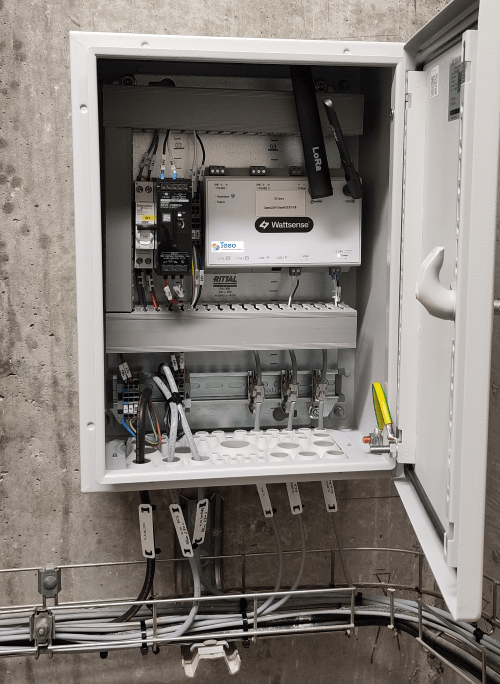
Following an on-site audit, the decision was made to adopt IoT via an operated (public) network for buildings with little data to upload.
For other buildings, however, 160 Wattsense Towers (Medium subscription) were installed, i.e. one product per building.
As Wattsense products are multi-protocol, only one product per building was needed to connect and centralize data from all substation equipment: sub-meters (mainly heat meters), substation boiler room PLCs, boilers and ambient temperature sensors.
This adaptability has been made possible by the Wattsense solution's ability to dialogue with over 10 different protocols, such as Modbus, BACnet, M-BUS, LPB, KNX, LoRaWAN, etc., enabling simultaneous communication with a variety of equipment, regardless of brand or communication protocol used.
As a result, the Wattsense solution, based on embedded software, ensures data centralization directly on site, and can thus serve as a data layer according to the guidelines specified in the specifications drawn up by LMHabitat.
Result
Increased visibility and productivity of energy performance actions:
Thanks to the pleasant, intuitive and clear interface of its EMS, TEEO fully met LMHabitat's requirements. This has enabled LMHabitat to carry out its energy analyses more easily and detect any deviations more quickly.
LMHabitat now has all the information it needs in one place to effectively reduce its energy consumption.
“TEEO has developed a tailor-made interface for measuring, monitoring, analyzing and verifying all energy and water consumption in real time, while guaranteeing us full control over the data. A substantial budget, but on a par with the challenges and objectives set by LMHabitat.”Jonathan Jaboeuf, Energy Coordinator at LMHabitat
Total independence from field data:
Using the Wattsense solution in buildings has given LMHabitat total control over its data, reducing its dependence on suppliers or operators who may change over time.
“Data is an essential resource. By combining TEEO and Wattsense technology, we are developing a solution that effectively addresses the economic challenges associated with energy costs, while refocusing data at the heart of our assets.”Jonathan Jaboeuf, Energy Coordinator at LMHabitat
Substantial savings have been made, and will continue to be made in the future, on technical equipment renovations:
Thanks to the interoperability of the Wattsense solution, LMHabitat is not restricted by brands of technical equipment using proprietary technologies, and did not need to replace existing equipment in the buildings, resulting in significant savings for this project. TEEO's EMS, via the Wattsense solution, was thus able to adapt to the constraints of the site and to existing technologies - even if they were old - without the need for major works.
The combination of TEEO and Wattsense technologies will enable LMHabitat to easily upgrade its project in the years to come, and to digitalize its entire property portfolio.
